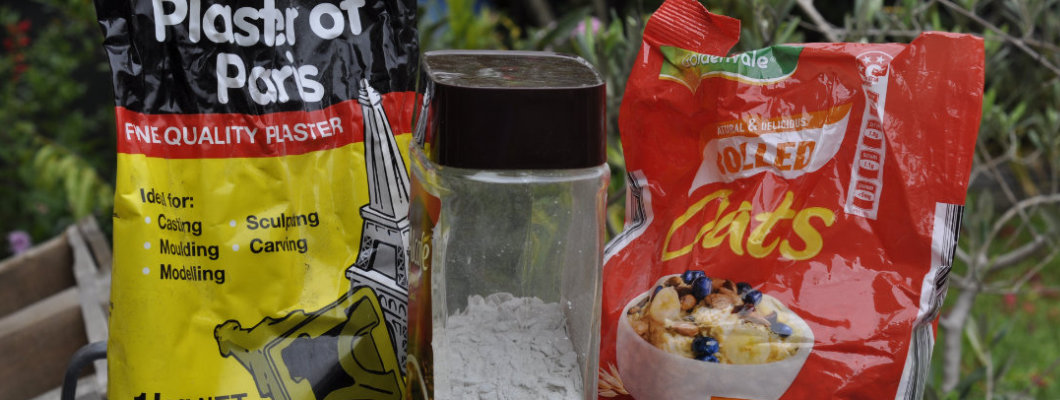
Title image above is copyright © Optimate Group Pty Ltd
First published 20th November 2021
Like homemade white oil, this too is dirt-cheap to make, highly effective, lasts forever, and rats and mice cannot develop resistance to it.
First, the recipe:
One part rolled oats to one part plaster of Paris. What constitutes a “part” isn’t as important as the ratio of one to one — it all comes down to how much you think you’ll use or wish to store. In case you’re wondering, the bottle in the photo above contains one cup of each ingredient.
Add to a container with a lid, and toss/roll well until both ingredients are evenly mixed — I find this surprisingly not as easy to do as it sounds, as the fine plaster keeps settling out, leaving way too many oats on top. But persevere and it will pay off!
It should look something like this:
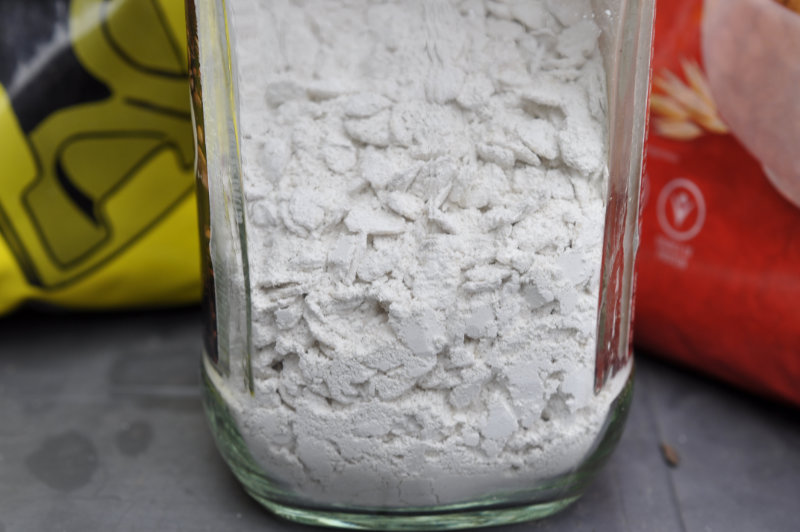
copyright © Optimate Group Pty Ltd
You could also substitute oatmeal or a flour and sugar mix for easier, more even mixing. Powdered (sweetened) chocolate (not cocoa which is bitter) is also said to be irresistible to rats and mice. But do keep to the 1:1 ratio.
Another alternative, though messier, option, is to mix one part peanut butter with one part plaster of Paris, and roll into balls.
How to use:
Add any amount to any-sized shallow container rats and mice can access, and place in dark corners or along walls and other crawl spaces under cover where they are likely to travel. Under overhanging rocks and tucked between crowded pots can work too — anywhere a rodent is likely to hide and seek shelter from threats to it.
How it works:
The oats, oatmeal, flour-sugar combination, powdered chocolate or peanut butter is the irresistible bait to entice rodents to consume plaster of Paris. It is the latter which is the rodenticide.
Plaster of Paris is heated gypsum. Gypsum is calcium sulfate dihydrate (CaSO4.2H2O), and when heated to 120–180 °C becomes gypsum plaster, or plaster of Paris. This is calcium sulfate hemihydrate [(CaSO4)2.H2O].
Gypsum hardens on contact with water, and thus the plaster of Paris hardens inside a rat’s or mouse’s stomach or further down in the digestive tract. This blocks their gut and acts in two ways: one by preventing further food digestion and one by causing bloat. Rodents can’t vomit, can’t otherwise expel the mass, and have an urge to take on more water, which just exacerbates their condition.
Apparently death is relatively quick, as in 2-4 hours.
Important:
It goes without saying to not place this bait where children, pets and bird visitors can access it!
It is also important to ensure this mix remains dry at all times, as otherwise it will set.

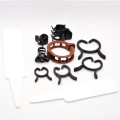
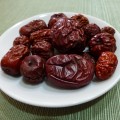



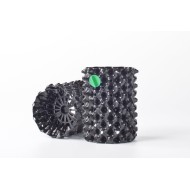
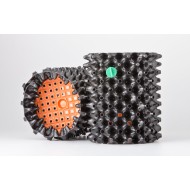
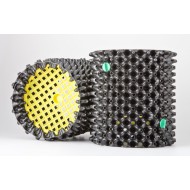
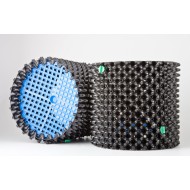
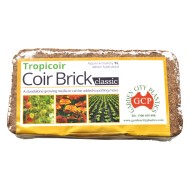
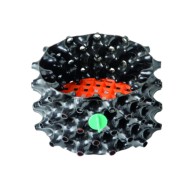

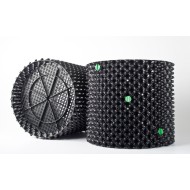
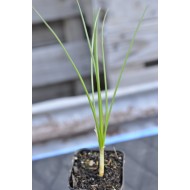
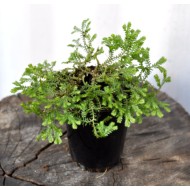
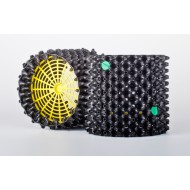
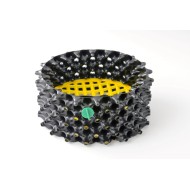

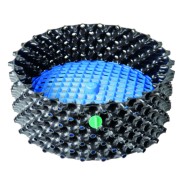
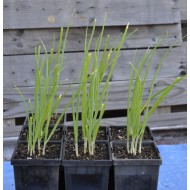
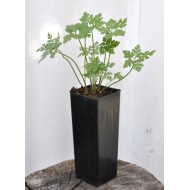
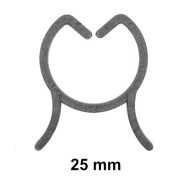


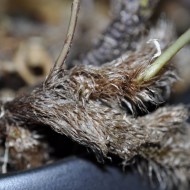






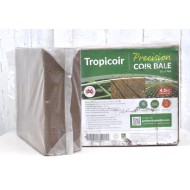
Leave a Comment